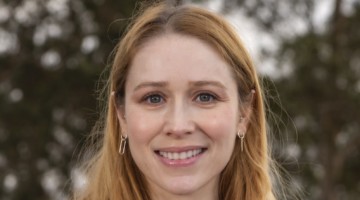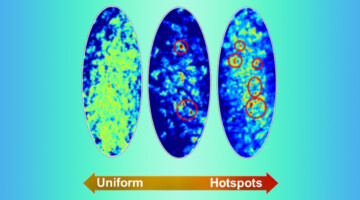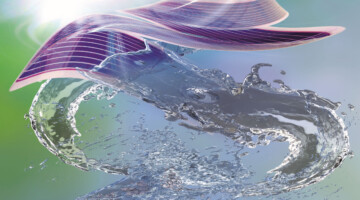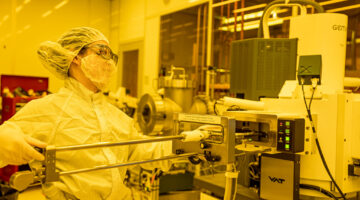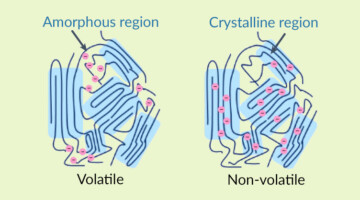Will Chueh of Stanford University is the 2023 winner of the Shirley award for Outstanding Scientific Achievement at the ALS. His selection recognizes Chueh’s deep contributions in operando soft x-ray spectromicroscopy for imaging electrochemical redox phenomena—images and movies for battery and electrocatalytic reactions. Read more »
All News & Updates
Major ALS-U Milestone: First Accumulator Ring Magnet Rafts Installed
The first magnet rafts of the accumulator ring (AR) have been installed. The AR will work together with the new storage ring to enable on-axis, swap-out injection of electron bunch trains, which is key to achieving ALS-U’s transformational high brightness. The ALS-U project team is installing and commissioning the AR before the one-year dark time that will focus on construction of the new storage ring. More to come about this significant milestone when we recap the summer shutdown!
Joint ALS/ALS-U Statement on Dark Time Delay
The ALS-U project recently made an extensive update to its project plan, resulting in a shift in the start of the one-year dark time from October 1, 2025, to June 22, 2026. The updated project schedule will allow the ALS to deliver more beamtime to users before the start of the dark time and further reduces the possibility that the ALS dark time will overlap with the APS’s ramp-up to full operations following their upgrade, currently in progress. Read more »
August 2023 Message from the UEC
UEC Chair Inna Vishik shares why this year’s User Meeting will be so special as well as some tips for making the most of the meeting. She also reminds users of town halls and other ways to understand and get involved with shaping the post-upgrade ALS. Read more »
Fluctuations Mark Phase Changes in Magnetic Films
Researchers discovered that nanoscale spin fluctuations deep inside ordered states of a magnetic film can characterize phase transitions, independent of underlying magnetic interactions. The results provide a new way to predict and understand phase transitions in materials relevant to high-density, energy-efficient microelectronics. Read more »![]()
![]()
Eco-Friendly Processing of Organic Photovoltaics
Researchers controlled the mixing of electron-donating and -accepting constituents of an organic photovoltaic (OPV) material made using a process that replaces toxic solvents with water. With efficiencies comparable to less eco-friendly OPVs, this material shows promise for many advanced device and building applications. Read more »![]()
![]()
How Scientists Are Accelerating Next-Gen Microelectronics
A new center, called CHiPPS—or the Center for High Precision Patterning Science—led by Berkeley Lab microelectronics expert Ricardo Ruiz, could accelerate the next revolution in microchips, the tiny silicon components used in everything from smartphones to smart speakers, life-saving medical devices, and electric cars. Read more »
An Organic Transistor That Can Sense, Process, and Remember
Traditional AI hardware employs physically separated information sensing, processing, and memory architecture, a configuration that suffers from large energy and time overhead. Now, researchers have fabricated an organic transistor device that can simultaneously act as the sensor and processing core of a streamlined AI hardware system. Read more »
Controlling the Structure and Morphology of Organic Nanofilaments Using External Stimuli
Coexisting organic helical and helicoidal crystalline nanofilaments formed by molecules with a bent molecular shape can now be transformed to a smectic liquid crystal phase or only helical nanofilaments by applying an electric field or irradiating the sample with UV light. Read more »
Organic Matrix Derived from Host–Microbe Interplay Contributes to Pathological Renal Biomineralization
A composite image of a rare form of kidney stone, illustrating extensive organic filamentous networks abundant with immune response-related proteins such as calprotectin (displayed in red), myeloperoxidase (in yellow), and DNA molecules (in blue). Originating from intricate host-microbe interplay, these organic networks promote the heterogeneous nucleation and precipitation of inorganic particulates. Read more »
- « Previous Page
- 1
- …
- 6
- 7
- 8
- 9
- 10
- …
- 123
- Next Page »



